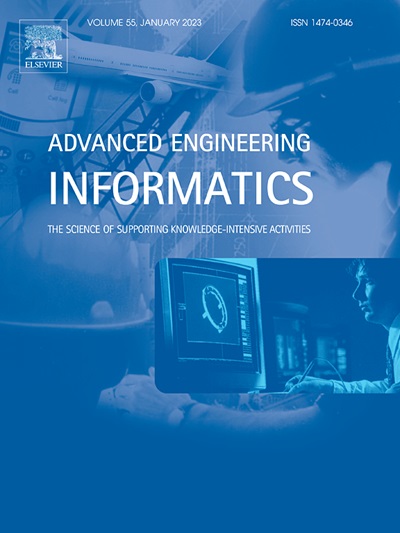A multi-aircraft co-operative trajectory planning model under dynamic thunderstorm cells using decentralized deep reinforcement learning
IF 8
1区 工程技术
Q1 COMPUTER SCIENCE, ARTIFICIAL INTELLIGENCE
引用次数: 0
Abstract
Climate change induces an increased frequency of adverse weather, particularly thunderstorms, posing significant safety and efficiency challenges in en route airspace, especially in oceanic regions with limited air traffic control services. These conditions require multi-aircraft cooperative trajectory planning to avoid both dynamic thunderstorms and other aircraft. Existing literature has typically relied on centralized approaches and single-agent principles, which lack coordination and robustness when surrounding aircraft or thunderstorms change paths, leading to scalability issues due to heavy trajectory regeneration needs. To address these gaps, this paper introduces a multi-agent cooperative method for autonomous trajectory planning. The problem is modeled as a Decentralized Markov Decision Process (DEC-MDP) and solved using an Independent Deep Deterministic Policy Gradient (IDDPG) learning framework. A shared actor-critic network is trained using combined experiences from all aircraft to optimize joint behavior. During execution, each aircraft acts independently based on its own observations, with coordination ensured through the shared policy. The model is validated through extensive simulations, including uncertainty analysis, baseline comparisons, and ablation studies. Under known thunderstorm paths, the model achieved a 2 % loss of separation rate, increasing to 4 % with random storm paths. ETA uncertainty analysis demonstrated the model’s robustness, while baseline comparisons with the Fast Marching Tree and centralized DDPG highlighted its scalability and efficiency. These findings contribute to advancing autonomous aircraft operations.
求助全文
约1分钟内获得全文
求助全文
来源期刊

Advanced Engineering Informatics
工程技术-工程:综合
CiteScore
12.40
自引率
18.20%
发文量
292
审稿时长
45 days
期刊介绍:
Advanced Engineering Informatics is an international Journal that solicits research papers with an emphasis on 'knowledge' and 'engineering applications'. The Journal seeks original papers that report progress in applying methods of engineering informatics. These papers should have engineering relevance and help provide a scientific base for more reliable, spontaneous, and creative engineering decision-making. Additionally, papers should demonstrate the science of supporting knowledge-intensive engineering tasks and validate the generality, power, and scalability of new methods through rigorous evaluation, preferably both qualitatively and quantitatively. Abstracting and indexing for Advanced Engineering Informatics include Science Citation Index Expanded, Scopus and INSPEC.
 求助内容:
求助内容: 应助结果提醒方式:
应助结果提醒方式:


